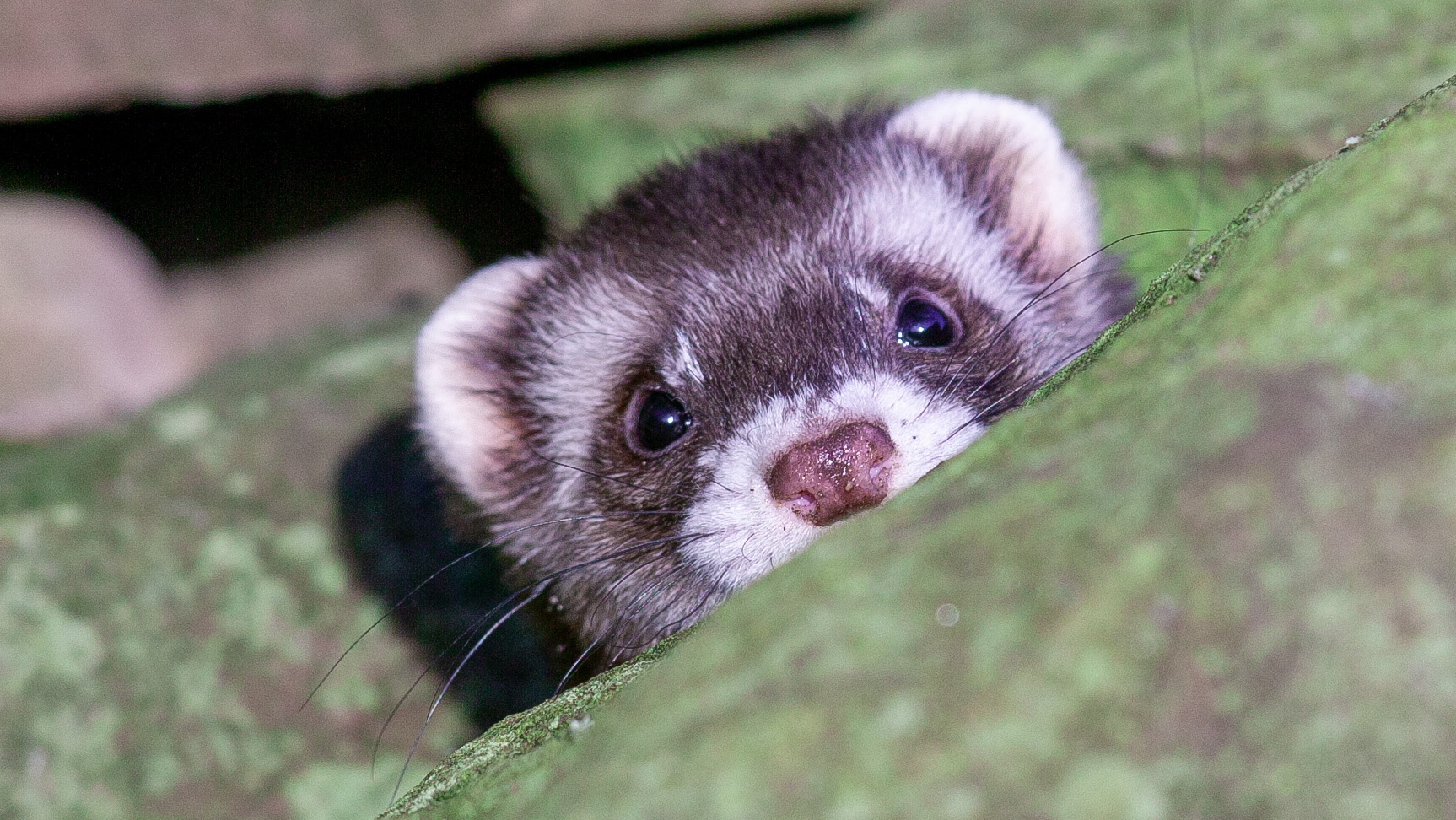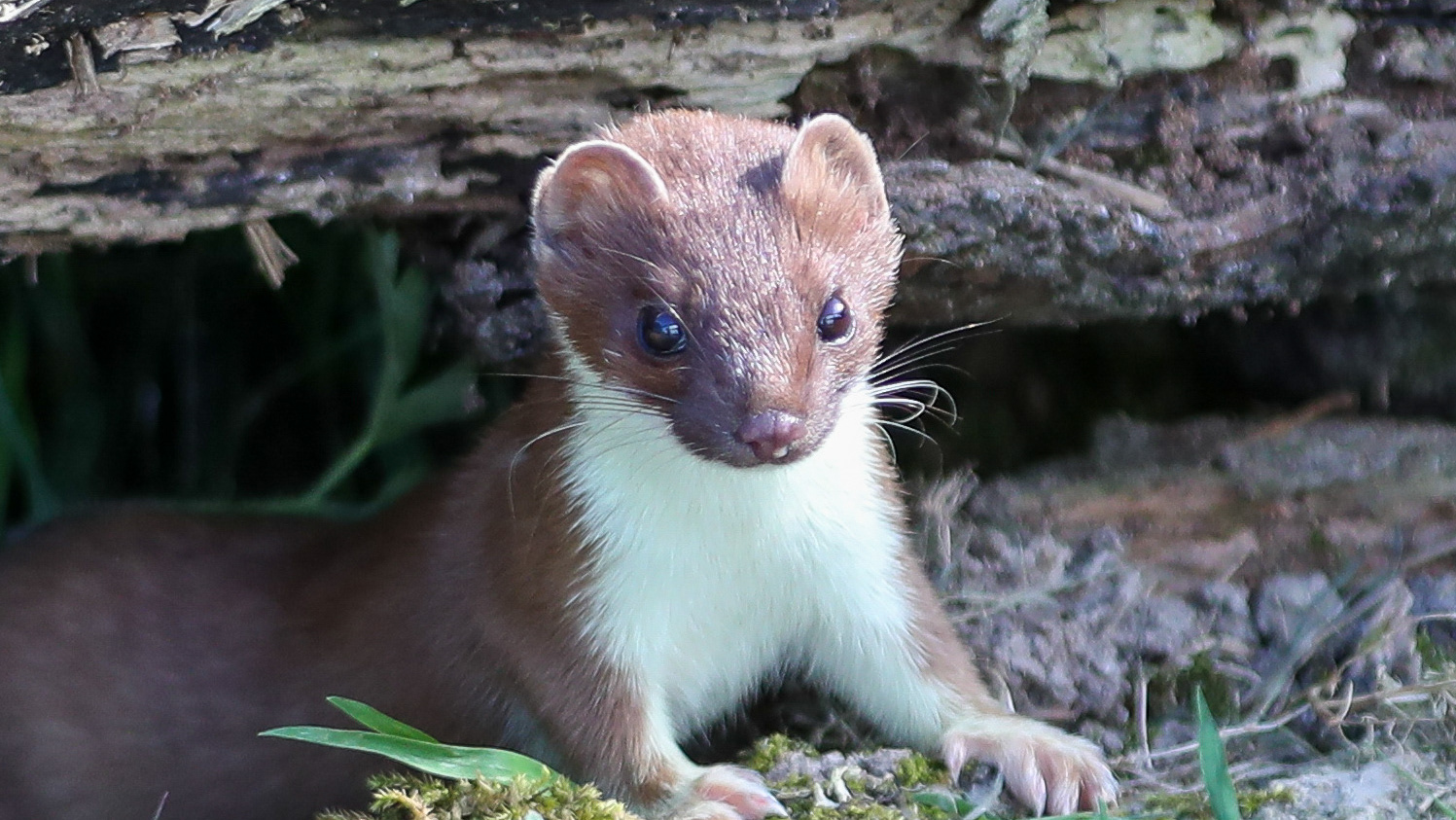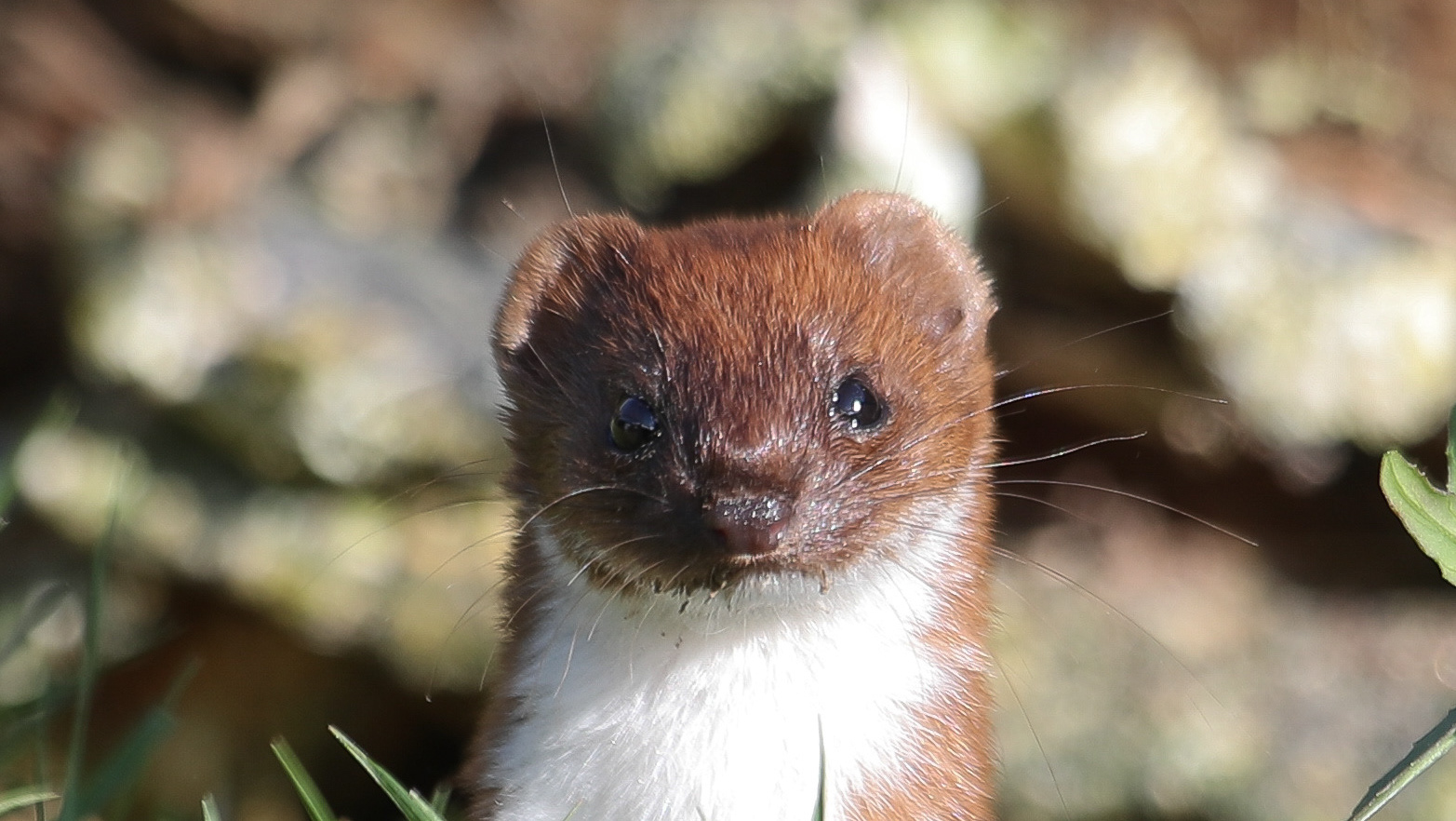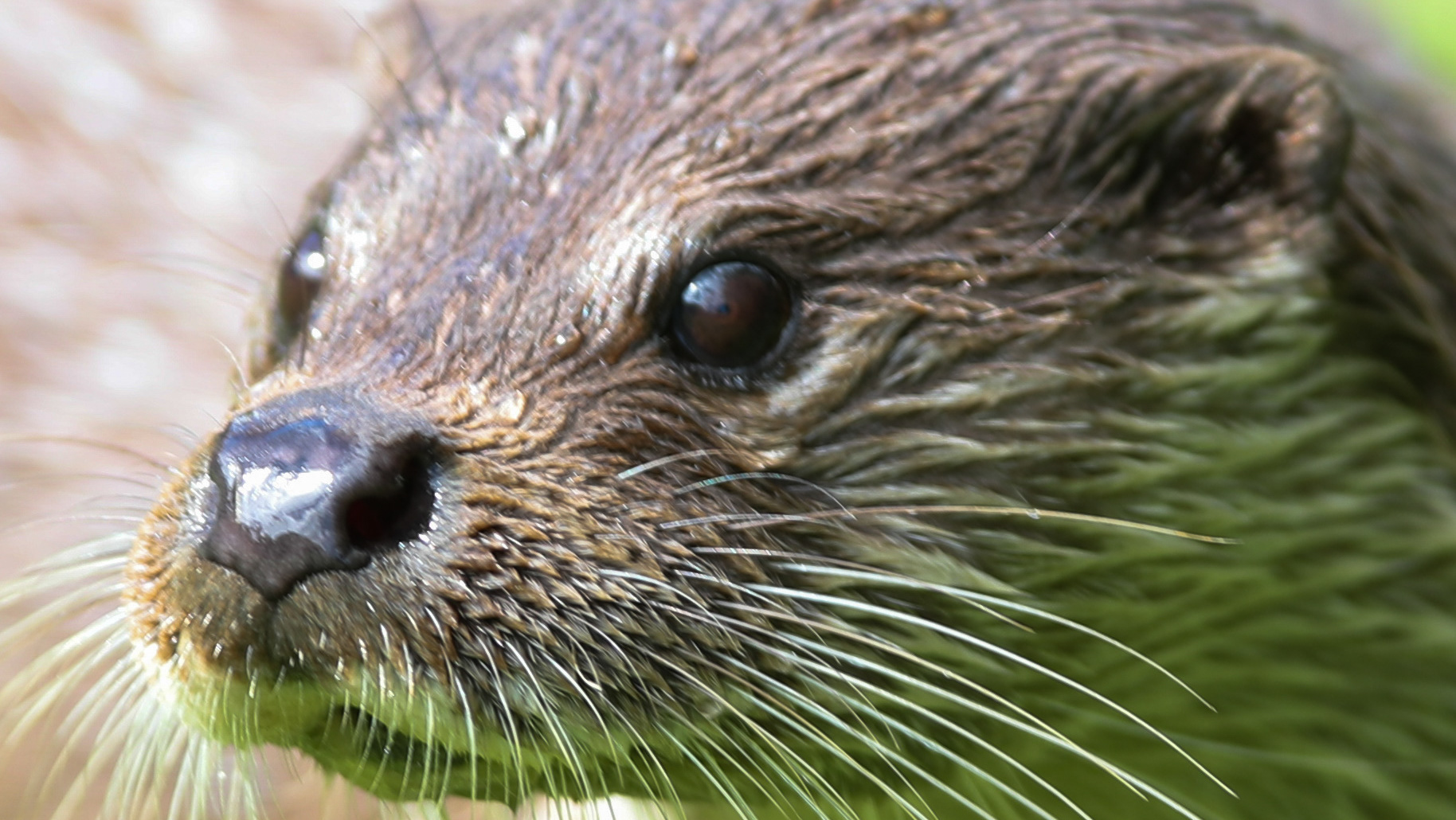Badger Meles meles
There is no doubt from the historical accounts in Cheshire that the Badger was not only a much scarcer animal in the past but one that faced unrivalled persecution. It is quite difficult for a conservationist to understand what fun could be had by digging a Badger out, breaking its jaw, and waiting in line to set your dog upon it, but it is dangerous to judge yesterday’s standards by today’s so I’ll say no more. Once attitudes changed and legislation arrived that offered protection, the Badger population began to expand in numbers and also in its range.
Given the mixed habitat of pastoral and arable landscape, woodlands, sandy soils and connecting latticework of hedgerows and drystone walls in the county it is surely no surprise that the Badger feels at home in Cheshire. Lush cattle-pasture will provide the Badger’s favoured food, earthworms, and the well-drained sandy soils on the slopes of clough woodlands, hedge banks, ditches, and fields was good for constructing their setts. It is perhaps just good fortune that in many instances the clough woodlands survived. In most cases the close proximity of arable and pasture to these woodlands suggest that this topographical feature was simply too much of an incumbrance to change.
So uncommon was the Badger in Cheshire by the dawn of the twentieth century that a report of a sighting would make the news in other counties. Badger had been clinging on in pockets and it appeared that the legislation to protect it was not being taken seriously even by the judiciary. As with other persecuted animals, the respite came with the onset of the world wars. Many estates lost their gamekeepers as they went off to war, and only a fraction of those that returned would return to the profession.
Though war is terrible, it has a way of developing technology that can then be applied in other aspects of life, and the art of photography was undoubtedly a beneficiary of the two world wars as optics for reconnaissance were improved and hand held 35mm cameras were recognised by the military as an important tool. The age of wildlife photography was kick started after WW2 and now available to more people as cameras became cheaper. The shooting of a wild animal with a camera rather than a gun was now helping to change attitudes as wonderful images of animals started adorning local and national publications together with reports on their habits.
The Badger slowly recovered in numbers and started spreading out from its traditional enclaves. The landscape would have been unrecognisable to the Badgers’ ancestors as the transport revolution had changed the county to such an extent that opportunities for pioneering clans were now at their optimum. The industrious nature of man to improve links and speed up travel resulted in the development of thousands of miles of railways, canals and roads within the county. Levelling was a critical requirement for railways and canals especially, and rarely did a stretch escape the need for cut and fill resulting in cuttings or embankments. It would be an interesting exercise to find out the percentage of setts on artificial sites (railway, canal, and road embankments, and associated bunds from dug out spoil, canal deposit beds, feeder reservoirs etc) compared to setts in more natural sites.
Occupants of a woodland sett
Excavations from a Badger sett
Badger latrine
Hedgehog husk - Likely remains of a Badger meal
A 'temporary' spoil mound that became a Badger sett
Frodsham was reputedly one of the first towns in the country to organise a Badger protection group, and I am honoured to have an original map from around 50 years ago showing the town and a good spread of dots highlighting houses that could the Badger protector could go to and phone the police from, should suspicious activity be observed near a sett. I believe that this group grew into what is now the Wirral and Cheshire Badger Group.
Attempts to control numbers of Badgers by culling have been implemented in the UK in recent years, to control Bovine Tuberculosis. Its impact on badger populations, and Bovine Tuberculosis is yet to be fully assessed. Vaccination programmes are also being undertaken in an attempt to halt or lessen the need for a badger cull. This is mainly undertaken by volunteers and is a great opportunity to visit setts in different habitats, see badger signs, live badgers, and have a chat with the experts.
AH





